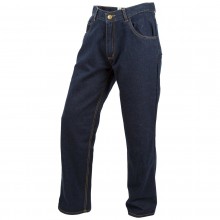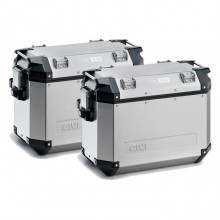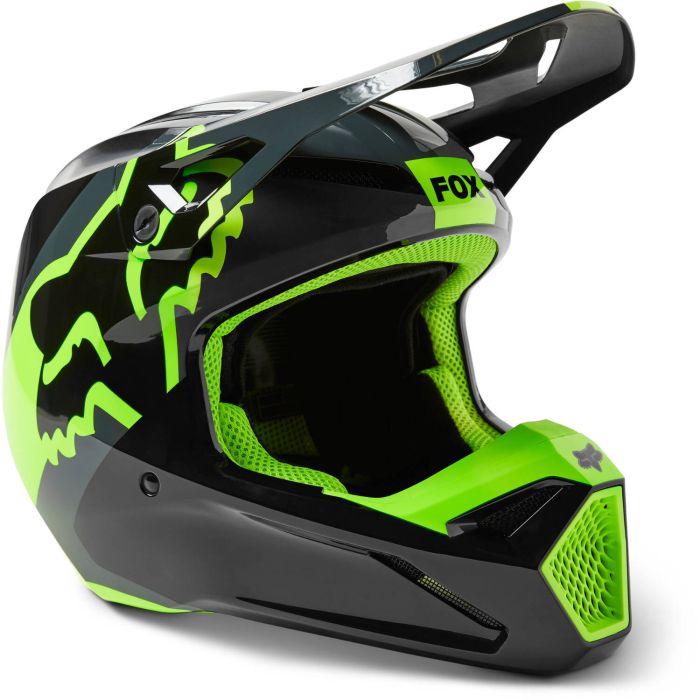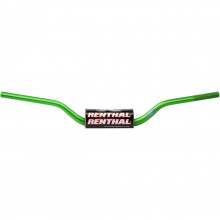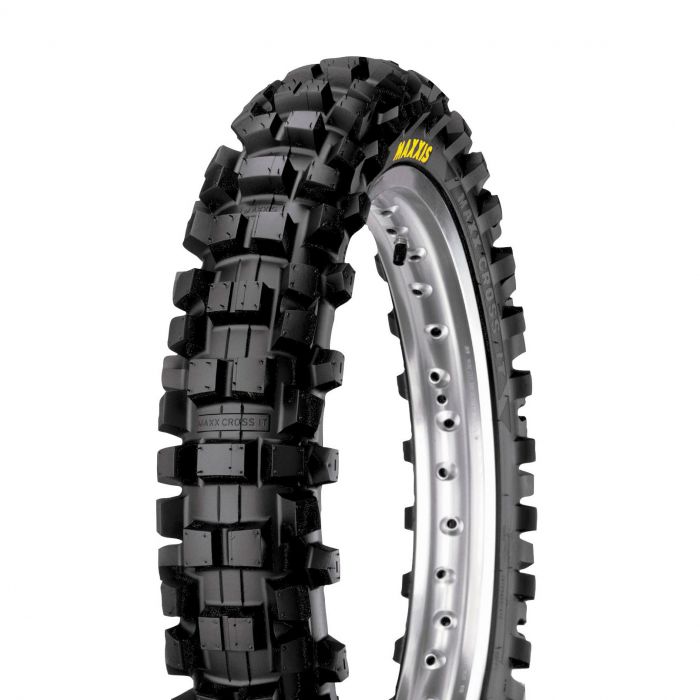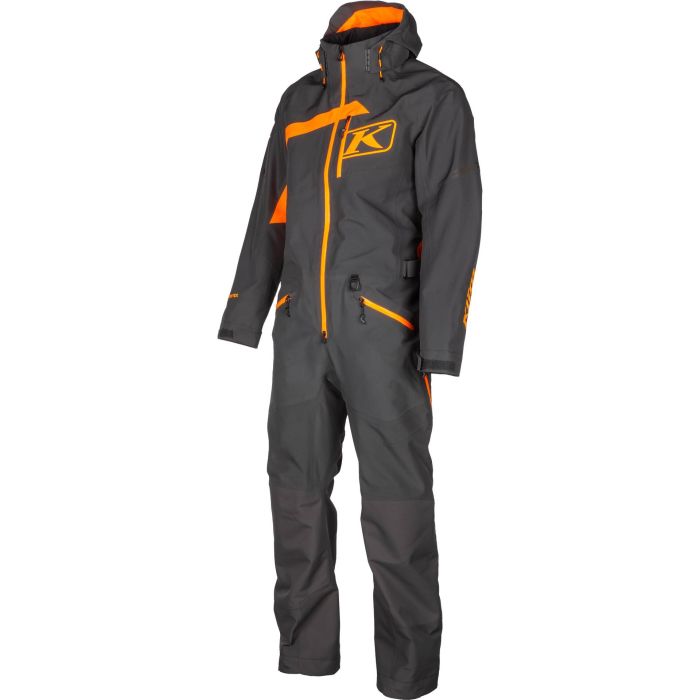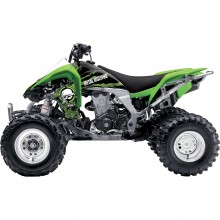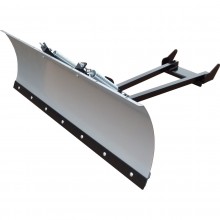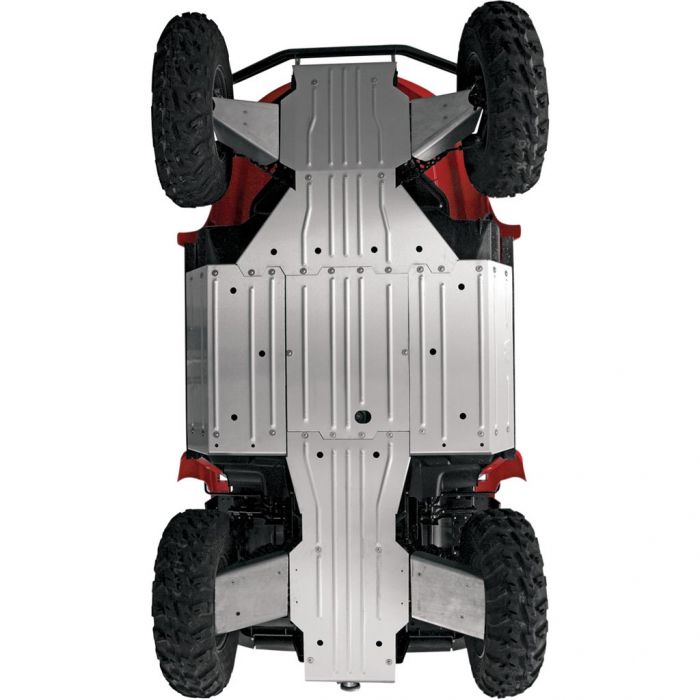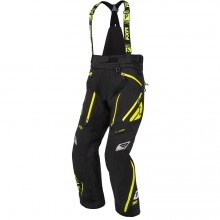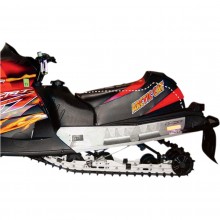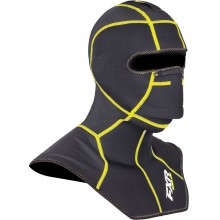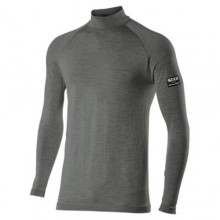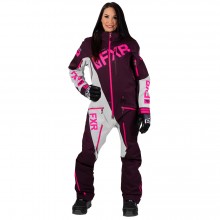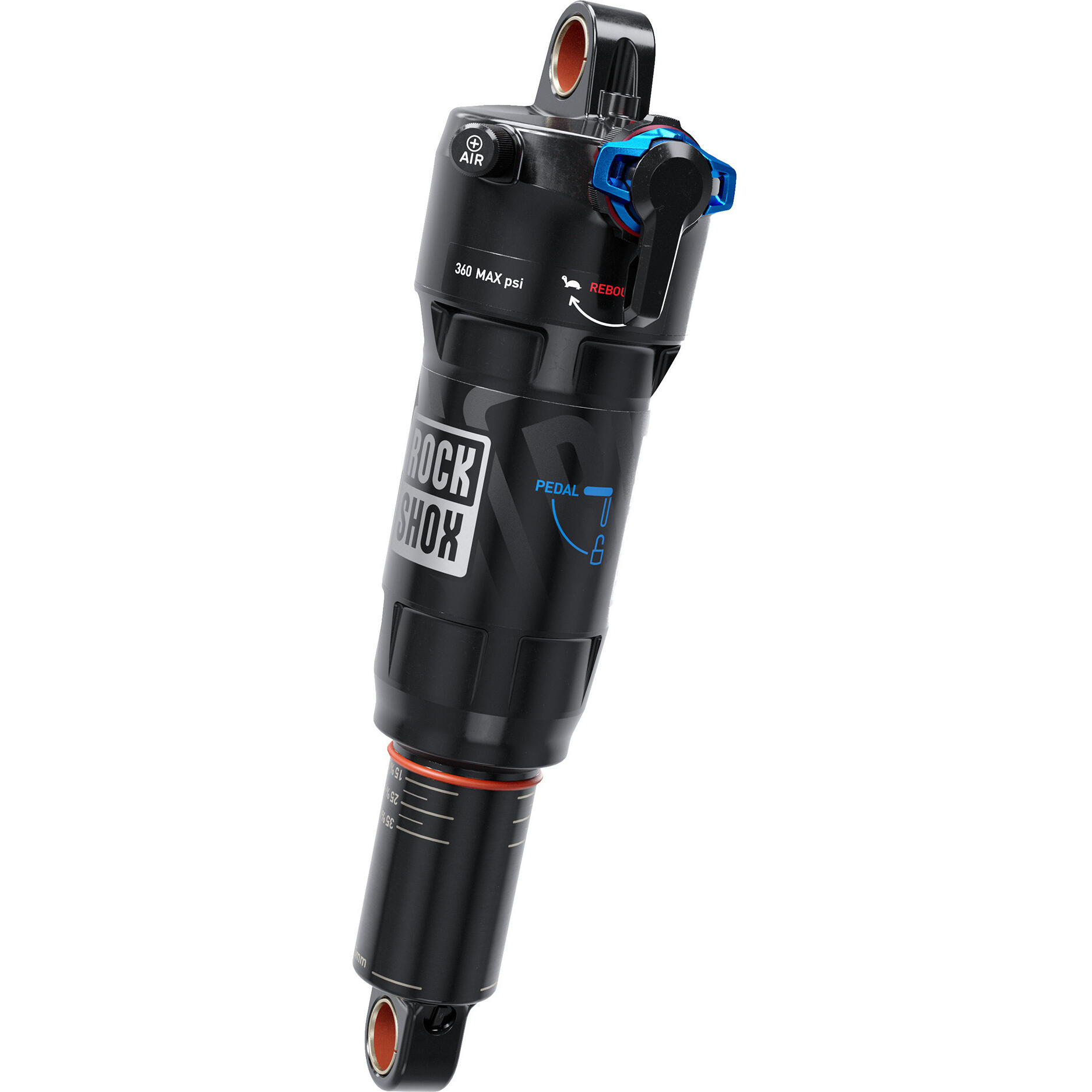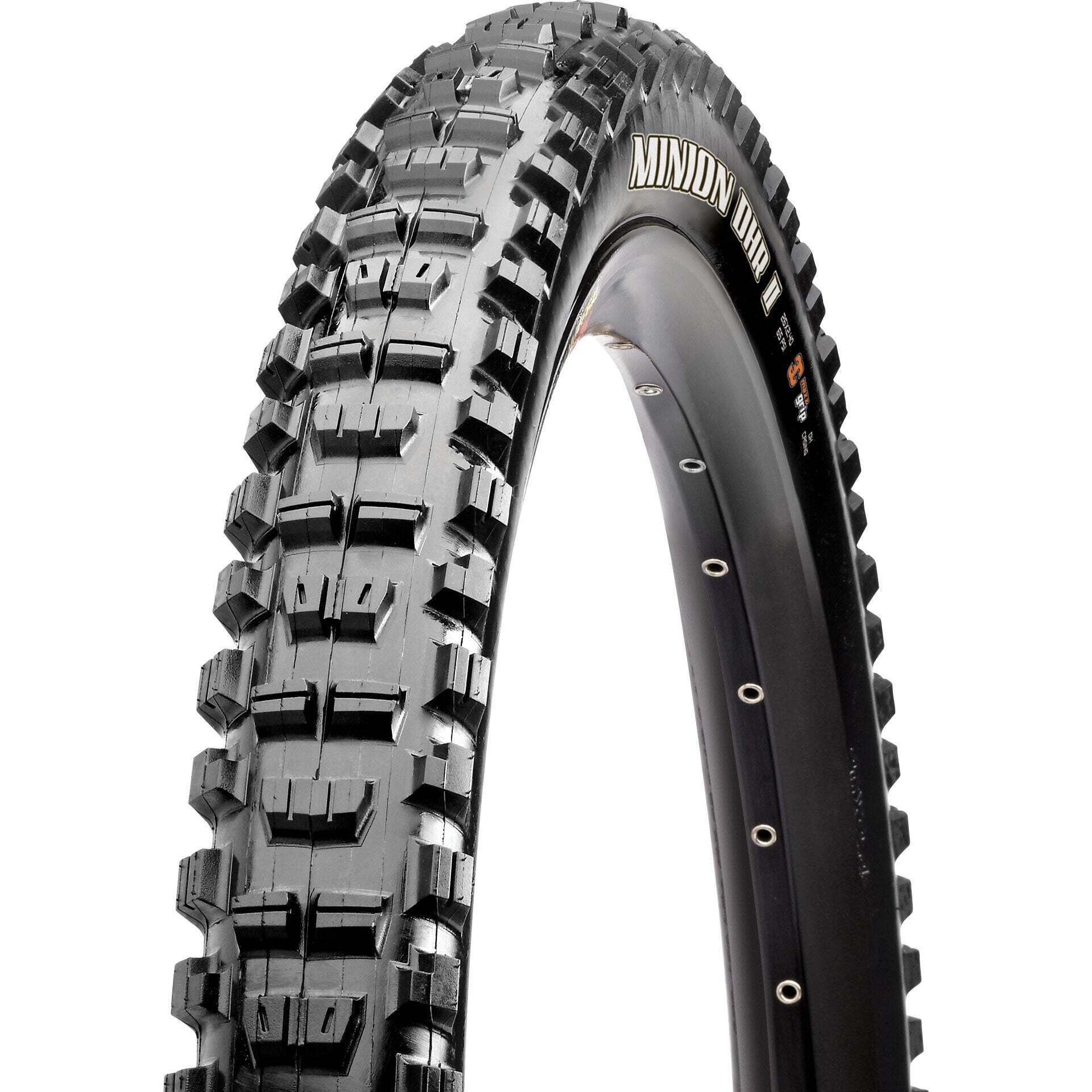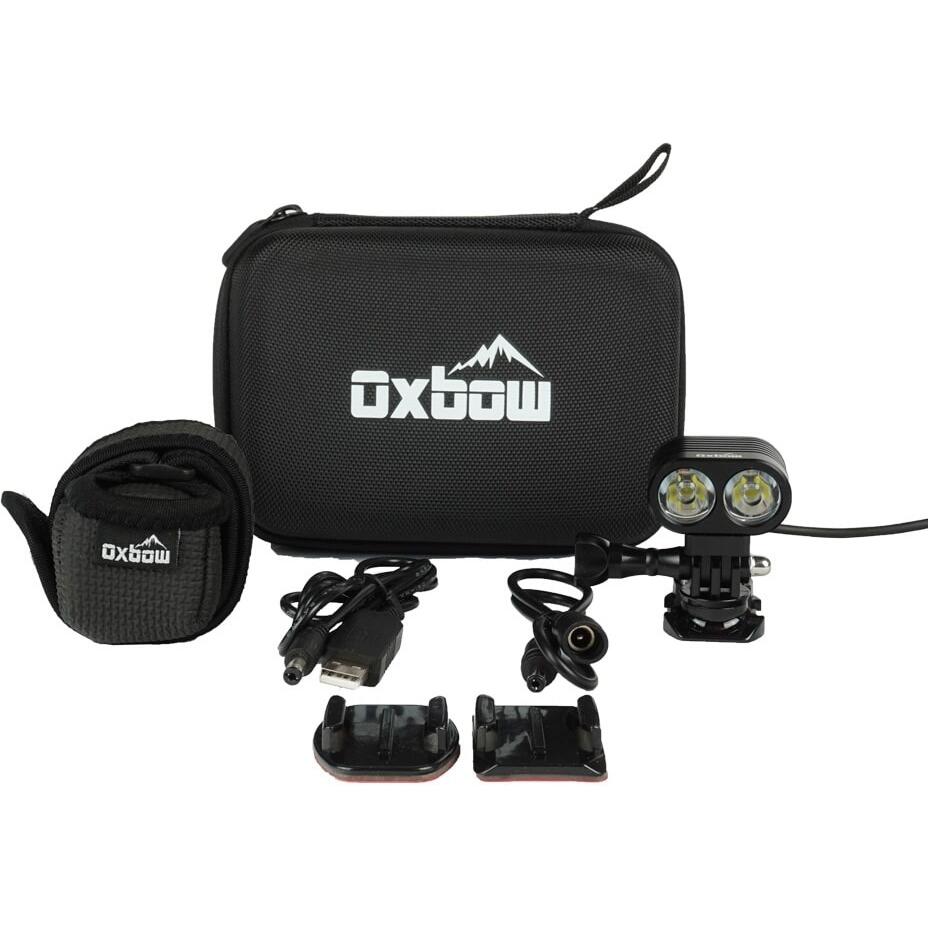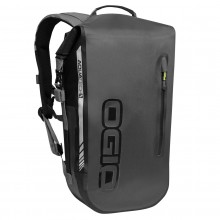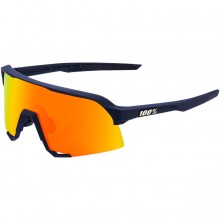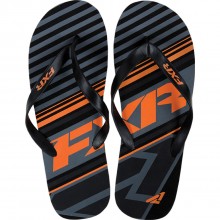Hello! I’m RyanF9 and these are extremely protective moto jackets.
The safest jacket is a yellow jacket. I’m fully aware that this is not how you wanted the video to start, since dressing like a highlighter pen is dorky.
But I’m a big believer in visibility. Case in point – the Klim Apex Air . See it has D3O pads that pass CE Level 2 … the back protector all the time, and the shoulders and elbows if it isn’t too hot outside. But you’ll only notice the benefit of this expensive padding in specific crashes. If you hit super slow, a cheaper Level 1 pad would do just as well. And if you hit super fast, it won’t matter what type of pad you have.
Hi-Viz fabrics, on the other hand, are a more universal benefit. They prevent slow crashes, they prevent fast crashes, they even keep you visible on the road after you’re finished crashing. This is the single most effective safety feature.
Now that I’ve said my piece on hi-viz, what are the other protective features of this sport touring jacket?
Armoured goats. No seriously, Pittards actually made armored goatskin by treating the leather with an ultra-hard top coat. It’s ridiculously durable and abrasion resistant, so much so that it has to be segmented in order to be flexible.
I get my bulletproof livestock on the main sliding zones – shoulders and lower arms. Everywhere else it’s either 420 or 500 denier cordura, neither of which are slouches when it comes to abrasion. The same goes for the mesh panels, which are made from Karbonite. Karbonite is spelled with a K, because branding is annoying and because the nylon is actually infused with Kevlar, not carbon. Silly nomenclature aside, Klim’s mesh is 750% stronger than the standard polyester stuff.
There are little things too. Like a pant connection zipper to keep your jacket from sliding out of place. Or this marked pocket, where you can put your medical card. It’s a big safety benefit if paramedics can easily find your blood type, your allergies, your emergency contact… and if you register the Apex Air online Klim will send you a stat card for free.
The only safety feature I was disappointed with was the reflective accents. Klim randomly decided to be stylish here, weaving tiny shiny dots into a blackout panel. I mean what the hell – we buy Klim for technicality not taste. Just give me the big stupid reflective strip, at least I’ll be visible.
Anyway, if the safest jacket is a yellow jacket, then the safest yellow jacket is the one you’ll actually wear. That’s why I chose something versatile. With a sweater underneath and the windproof liner in place, you can sneak the Apex Air into October. But the windproof panels also fold into their own pockets, revealing enormous mesh real estate on the chest, back and arms. You could run the Apex Air through Osoyoos in August like that.
One last complaint – this windproof liner should really be waterproof. As it is I need to go up in price and stuffiness to the regular Apex if I want to stay dry. Or drop 300 dollars to the Klim Induction, but that jacket isn’t as stunningly safe. Speaking of stunningly safe, nothing does it better than sport jackets.
I chose the Alpinestars GP-Tech because it has MotoGP in its DNA. Take these DFS sliders… the elbow pieces have an offshoot extending down the forearm, which you typically only find on race suits. Then the shoulder hardware is massive. So many companies blither on about developing their shit for MotoGP, but in this case it’s true. The slider you see on Marc Marquez’ shoulder is exactly this piece.
The speed hump is professional-size as well. And then the pant zipper makes a full 360-degree loop, so this jacket is as close as jackets can get to proper one-piece safety.
Something not-so-MotoGP about this jacket is the street smarts … a couple hand zippers, some cargo pockets, a waterproof device pouch… obviously you’re meant to leave the closed course now and then.
Back to safety, the cowhide is competition grade – 1.2 or 1.4mm depending where you look. And there’s more patches of leather hidden under the liner, to provide an extra abrasion layer in common impact zones. Alpinestars even stitched Kevlar behind the stretch fabric, so in the unlikely case that you go for a slide on the inside of your arms, you’ll still be safe.
As with all Alpinestars products, you’ll have to buy the back and chest protector separately. What is unique about this jacket, though, is that A-stars gives me the choice between a snap-on protector, and a more casual insert pad. Normally with race-ready gear they just assume you’ll want the former.
And the billionth safety feature on this jacket is an ID tag. If the worst should happen, you can write whatever info you want the paramedics to know here. Whether or not they find it is a bit of a coin toss, but 50% is better than nothing.
Negative things? Well there’s no easy way to say that it costs 1200 dollars. Also reflectivity isn’t brilliant. I mean literally, the jacket isn’t that brilliant since there’s only one shiny stripe on the back.
The GP-Tech is one of the most flexible race-ready jackets. It still holds my body in the gorilla stance, but I can actually stretch my arms around if need be. It’s comfy too – the windproof and mesh liners are both soft, and both are removable and washable for sweaty track days. The GP-Tech is about the safest jacket you can buy… after this you’re into full leather suits, but that’s for a different video so let’s draw the line here and steer back into jacket territory.
With this! It’s a Klim Badlands and the thing came in a bloody box, so you know its a tank.
Okay here we go – the much-hated yet undisputed king of adventure jackets.
Much hated because it costs over 1000 bucks. And undisputed because holy moly this thing is safe.
Where the Apex uses bulletproof goats, the Badlands uses Talisman superfabric. It’s made by welding tiny ceramic plates – with a laser – onto Kevlar infused Cordura. The effect is abrasion resistance that rivals leather. And the side effect is that the jacket weighs a freaking tonne.
Wild thing is, superfabric is only half the story. Our entire back and the front pockets are done in Armacor, which is a herculean blend of Cordura and Kevlar. In fact this stuff is so thick that some people get a spotty Bluetooth connection just from putting their phone in their pocket.
Armouring is super safe, just like in the Apex Air. CE Level 2 back pad, double thick elbow and shoulder protectors that’ll clear CE Level 2 on a chilly day, and this time I get some chest armor as well. Also the pant zipper has been standardized to 40cm since the last iteration, so more people can experience the safety benefit of attachment. And the Klim Badlands has enough industrial-grade 3M scotchlight to blind the sun.
This jacket is pleasant to wear because of the kidney belt… it really shifts the weight to a comfortable place. The Badlands is also stupid-waterproof… if Noah had this much Gore-Tex he wouldn’t have needed an ark. People often rave about the Badlands’ ventilation as well, but I’m not quite as convinced. Yes it’s comfortable enough in July, but no, I’m not as cool as I’d like to be. Finally I should mention that the Badlands has precisely 12,000 pockets. Big ones, small ones, hidden ones, ones that are meant to be found by emergency personnel… you name it.
So, the three jackets we’ve seen are my top “safest” picks. But they’re all of a type, aren’t they?
They’re very expensive. They’re comfortable in the same way football pads can be comfortable. And they look a bit … intense.
As an exercise, how might you find the safest jacket within your budget and style?
First thing to look at is material. For textiles, you want to hear the word Cordura, ballistic nylon, ceramic, Kevlar or aramid. Also companies should be bragging about the denier of their fabric – the higher the better.
Same goes for leather – if its any good the manufacturer will brag about how thick it is. If they fail to mention anything over 1mm, or they just say vague shit like “track spec,” odds are it isn’t very safe. Then you want to pay attention to leather type – full grain and top grain are great, split leather should be avoided if you value your skin, and suede is crap.
Padding is easy – CE Level 1 is good, CE Level 2 is better. Also find something with progressive impact absorption if you can. Viscoelastic materials like D3O and SAS-Tec are good for that – they get more rigid the harder you hit them. Joe Rocket’s Vault pads are another good example – they’re soft on one side, rock-hard on the other.
Then look for the little things we’ve talked about – reflective strips, ID cards, pant loops or zippers – you can find that stuff even on casual jackets like these.
And that’s it for my safest motorcycle jackets… thanks for watching.





